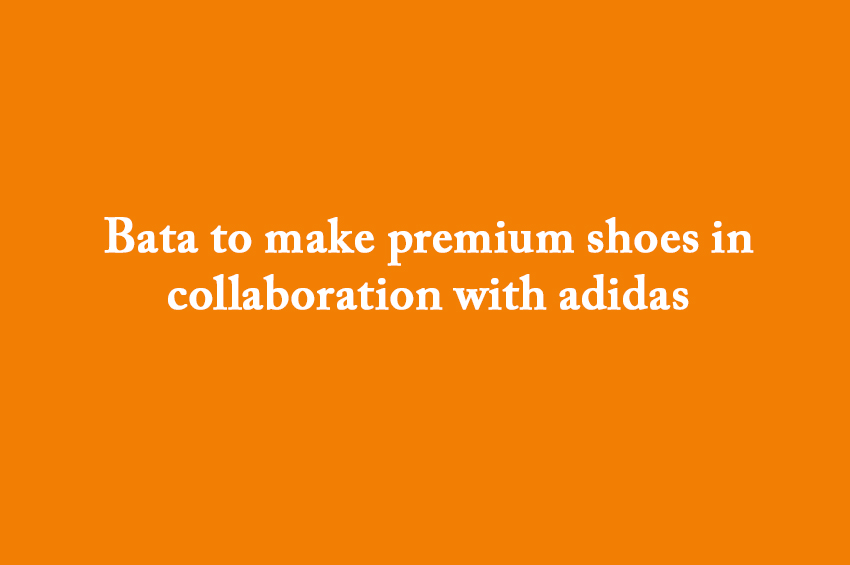Winning Bizness Desk
Mumbai. India's leading shoemaker company Bata is planning to enter into a strategic partnership with sportswear manufacturer Adidas for the Indian market. Talks between the two companies are at an advanced stage and work is on to finalize the deal. This development has led the stock of the company rising of more than 5% on Thursday and Bata shares closed at Rs 1,739, up 5.58%. The company's stock has gained more than 20% in the last six months. Notably, Bata India Limited's consolidated net profit for the first quarter of the financial year 2023-24 i.e. Q1FY24 (April-June) fell 10.3% year-on-year to Rs 106.8 crore. The consolidated net profit of the company stood at Rs 119.3 crore in the same quarter a year ago. The company's revenue grew 1.6% year-on-year to Rs 958.1 crore as against Rs 943 crore in the year-ago quarter.
What Bata India has to say ?
Gunjan Shah, MD & CEO, Bata India Limited said, “Our strategy of casualization and premiumisation is driven by expansion in retail network and acceleration of investments in core technology (ERP, merchandising, among others). We believe a roadmap has been laid for profitable growth in the future. Gunjan Shah added, “At Bata India, we are always implementing initiatives to enhance the customer experience at our stores and website. We have introduced a series of innovations for consumers such as Bata Shoe Care Program, Buy Now Pay Later and Bata Wallet. He further added, “We always focus on cost efficiency in all our operations and making the best out of our resources. We expect demand to pick up again going forward. We will continue to expand into Tier 3-5 cities, digital channels. Apart from this, will invest in improving customer experience and brand marketing.
Bata has over 2,100 retail stores in India
Bata India has established itself as the largest footwear retailer in India. The company's retail network of over 2,100 stores across 700 cities in India provides it with a wide reach across the country. Its stores are not only present in prime locations, but can also be found in micro-metros and towns at price points for multiple consumer segments.


